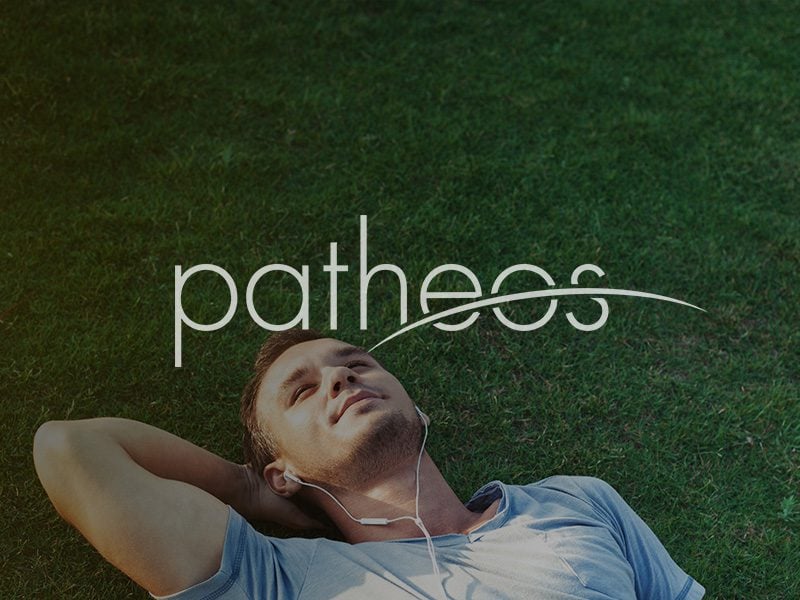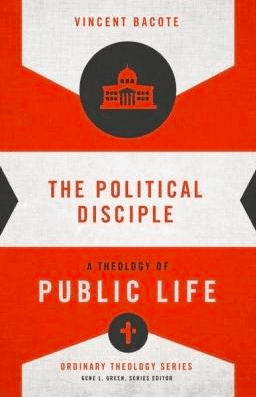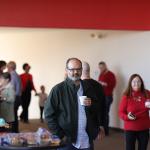This is from Laura Barringer, who a few years back was Laura McKnight. Which means, yes, Laura’s our daughter and she’s a primary grades teacher. This post is about Laura’s efforts to help her kids do some service learning by helping the needy of Haiti. Nice story, and I hope we can have some conversation today about what local schools are doing for relief efforts in the world.
Here’s her post:
Young Children Advocate for Social Justice by Laura Barringer
Gifted Specialist, Todd Hall School, Lincolnwood, IL
I am a primary grades teacher, working with Kindergarten, first, and second graders. During my ten years as a teacher, I have found service learning to be one of the most meaningful—and joyful—ways to express my faith in the public school. Through service learning, I can teach children from different faiths and cultural backgrounds to care about others. In the midst of our culture of entitlement, service learning encourages children to develop gratitude and learn empathy skills.
For those of you who are not educators, you may wonder what service learning is. Service learning is a major initiative of 21st century learning. It falls under the philosophy of experiential education, integrating meaningful community service with instruction. It teaches students civic responsibility and encourages them to be active, caring citizens.
Young children, even in the primary grades, can participate in service learning projects that instill hope and encourage change. Research proves the effectiveness of service learning, showing how it deepens students’ understanding of content standards.
My students experience service-learning projects throughout the school year. They participate in projects that benefit their school, as well as projects that serve the community and those that reach across the globe. During each project they research feasibility, make project goals and timelines, advertise, communicate to and with students and teachers, complete learning objectives, and evaluate the experience through personal reflection and discussion.
Last week, Todd Hall School, my place of employment, participated in a most wonderful event: “Hearts for Haiti.” The event was twofold: to collect medical items for donation to a rural Haitian clinic and then pack the items during an evening event. It turned out to be a most special evening for our community—one I never predicted during the planning process.
I scheduled a visit from humanitarian and author Susan Magnuson Walsh (Walking in Broken Shoes). Prior to her visit, my principal and I organized a donation drive. We asked our Pre-Kindergarten and Kindergarten students to bring one bar of soap, and we asked first and second graders to bring one tube of toothpaste. Our PTA (Parent Teacher Association) donated washcloths, the daycare within our school (CCDC) collected band-aids, and local dentists donated toothbrushes. Our goal was to collect enough items for 200 health packs—which we successfully met, thanks to the partnership effort of all involved.
I should note here that Mrs. Susan Walsh is also a nurse and founder of a nonprofit organization called Little By Little. Little By Little is a nonprofit organization that faithfully partners with those in need of improved health and well being. She, along with a team of medical volunteers, takes frequent trips to Haiti, where Little By Little established a medical clinic in the mountains.
Mrs. Walsh spoke at a family event in the evening. Todd Hall School hosted over 100 students, parents, teachers, and district administrators. She taught the crowd about the great needs present in Haiti and encouraged young children in attendance to care for others and help where they are able. Then we asked the children to put this knowledge into action by packing health supplies for Haitians, using the items from the donation drive.
Together, families visited stations around the school to pack health supplies. Each child was given at least one bag, in which they packed toothpaste, one toothbrush, band-aids, soap, and one washcloth. When they returned to our large gathering place, we asked parents and children to write notes of encouragement in Creole, which we slipped inside each health pack. Students wrote phrases such as “mwen pran swen pou ou” (I care for you) and “souri” (smile). Finally, together we packed boxes that will be on a plane to Haiti on March 23rd—and will soon be in the hands of those who desperately need them.
The great joy on the faces of our young students is something that will stay with me for a long time. A Pre-Kindergarten child summarized the entire experience by saying, “Haiti. I helped!” Even a two-year-old told her mom, “Mommy, I give toothpaste.” One of my Muslim students wrote me a card that I will treasure forever: “Mrs. Barringer, thank you for helping me share my heart with Haiti.”
We served together—Muslims, Christians, Jews, and the non-religious. It was one of the most defining moments of my career as a teacher. As Christians, we have opportunities through our churches to serve weekly. Prior to the event, some of my students and their families had never before had an opportunity to serve or participate in a project that benefits others in such an important way. I am still receiving letters and emails, and teachers want to tell me about what the experience meant to them.
Encouraging children to participate in service-learning projects is a powerful way to teach global awareness. Young children learn effective leadership characteristics, ways to advocate for social justice, how to use creative problem solving skills, and, most importantly – the lesson that they CAN make a difference.















